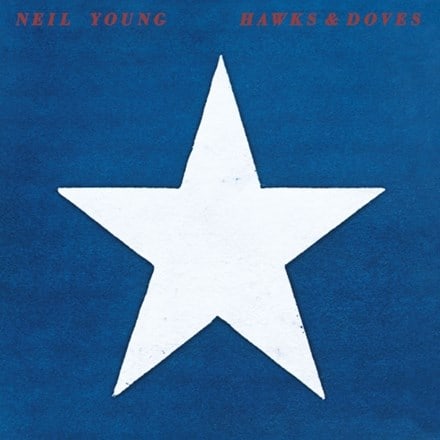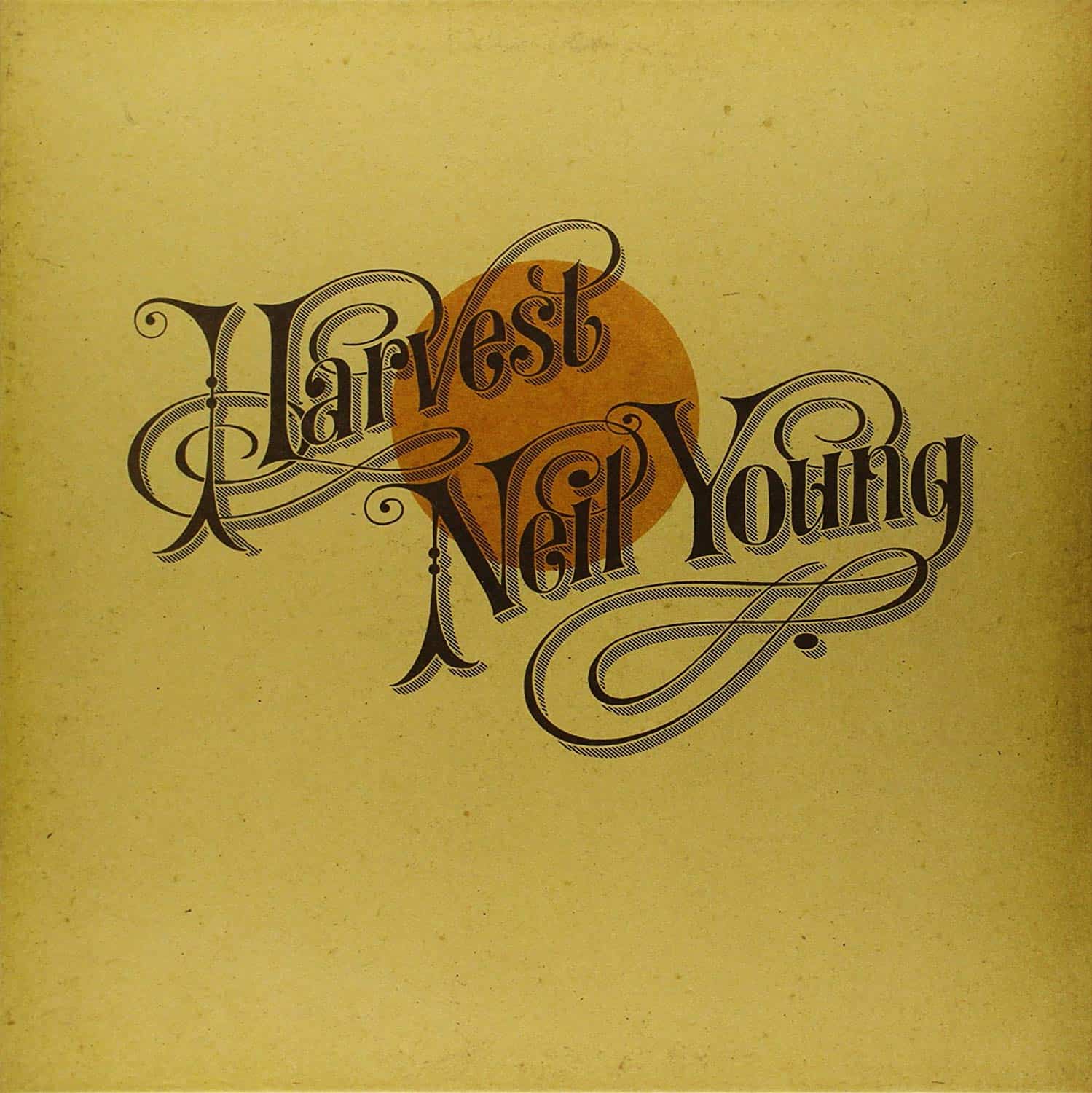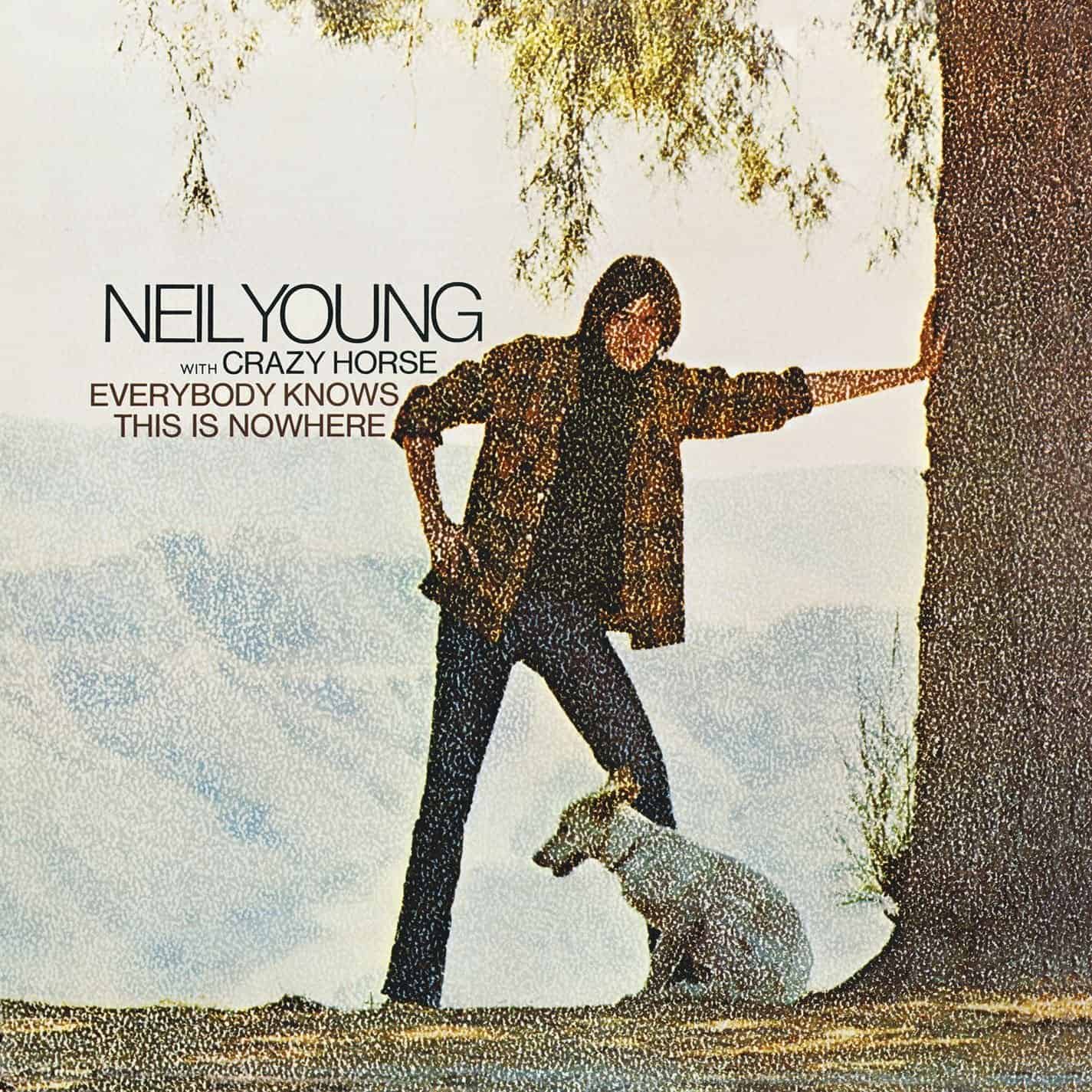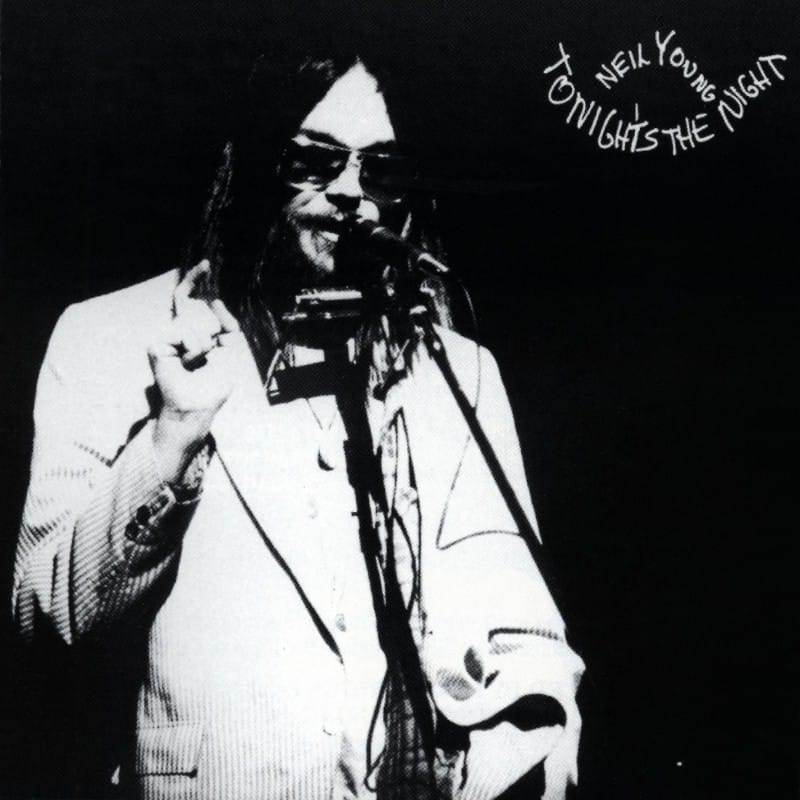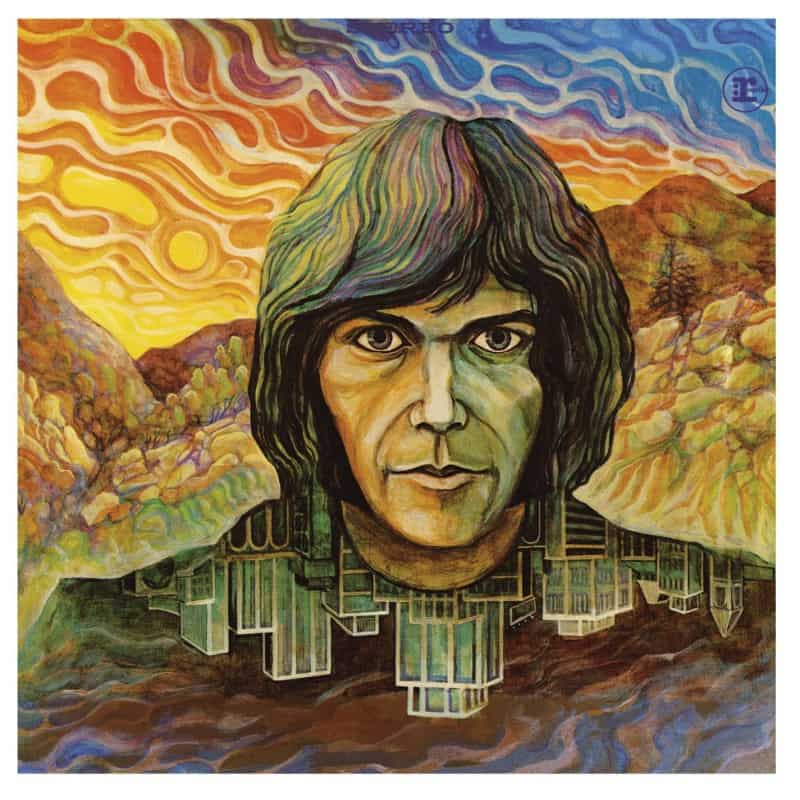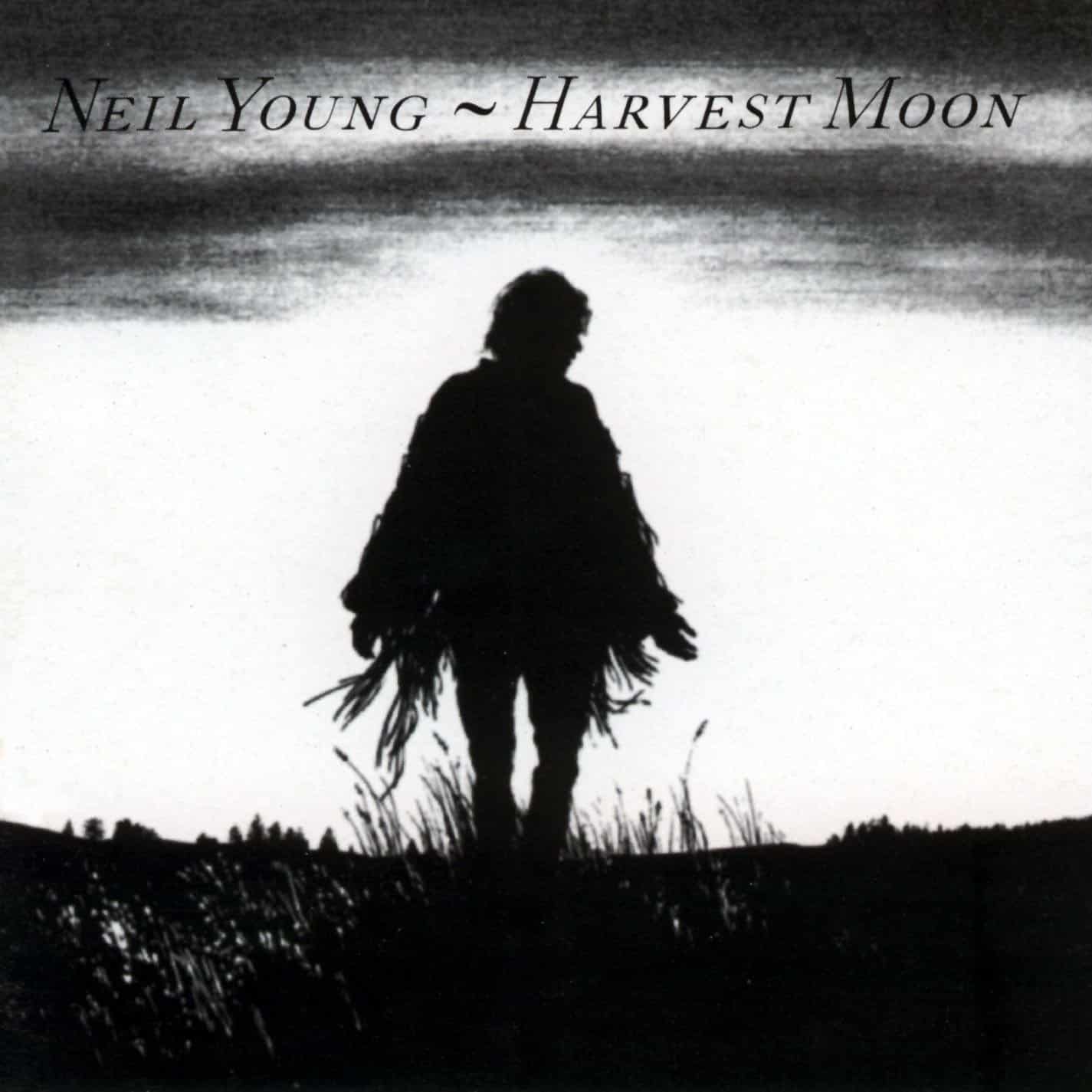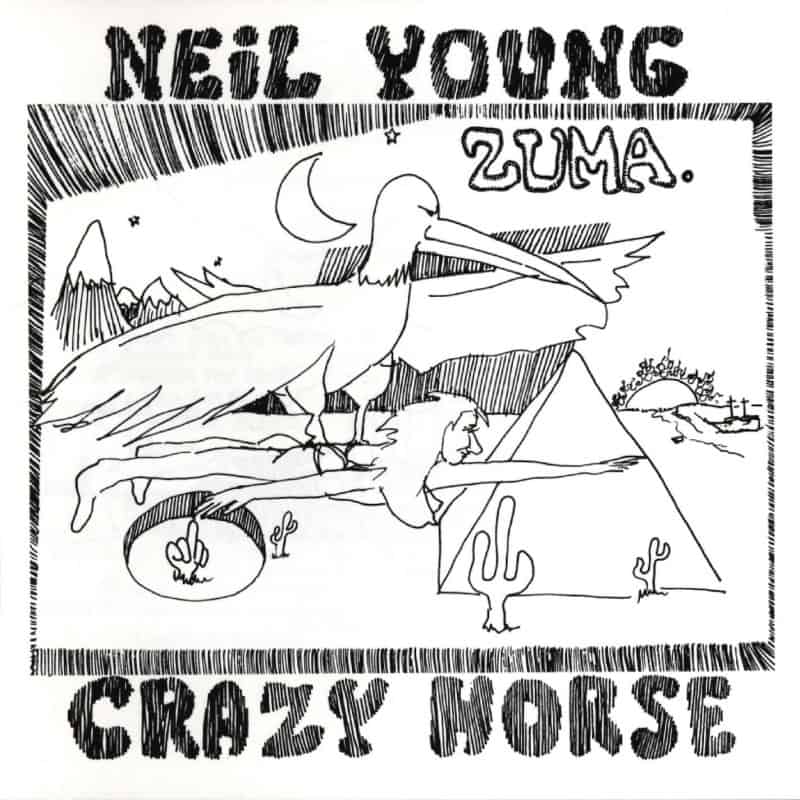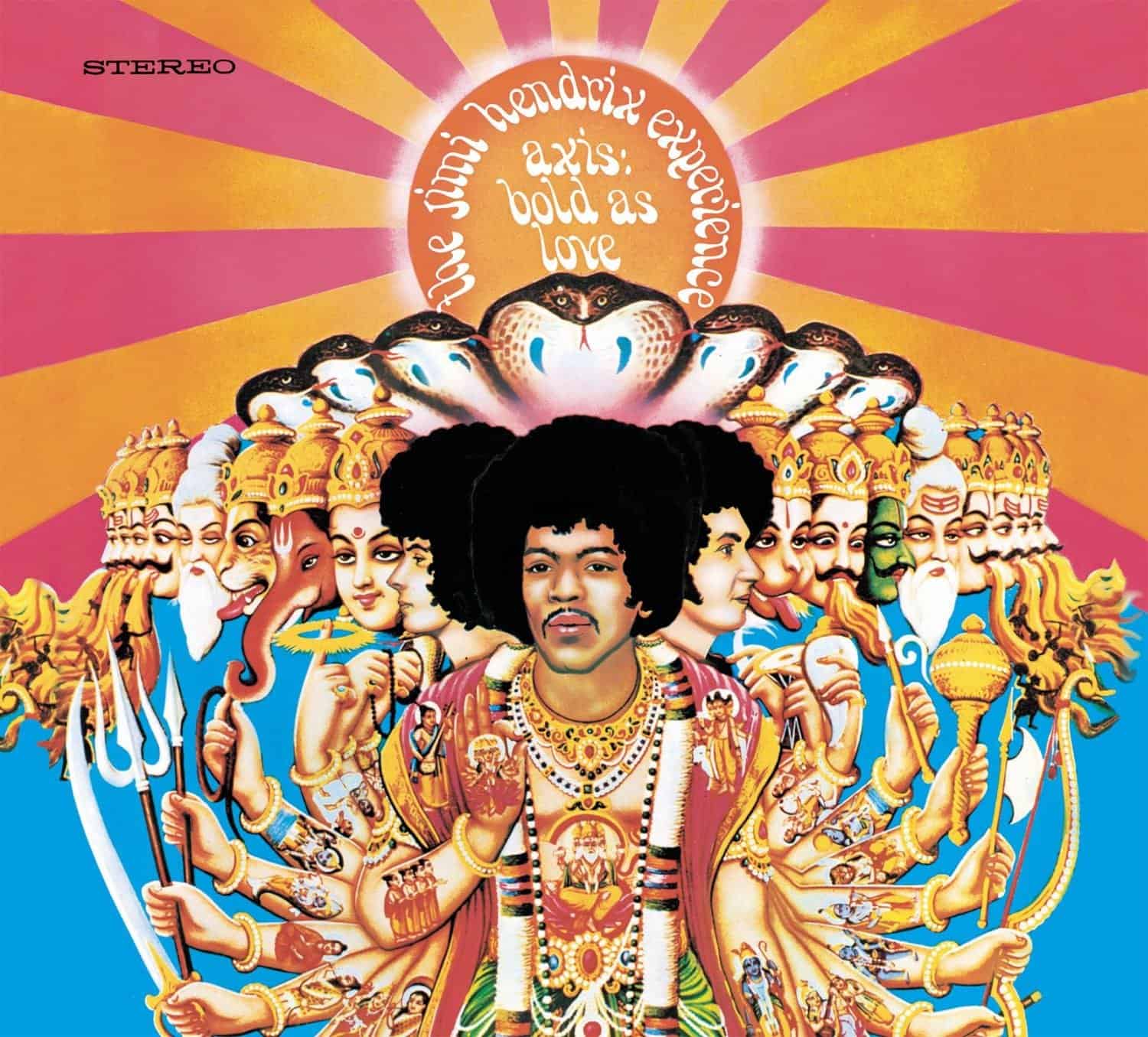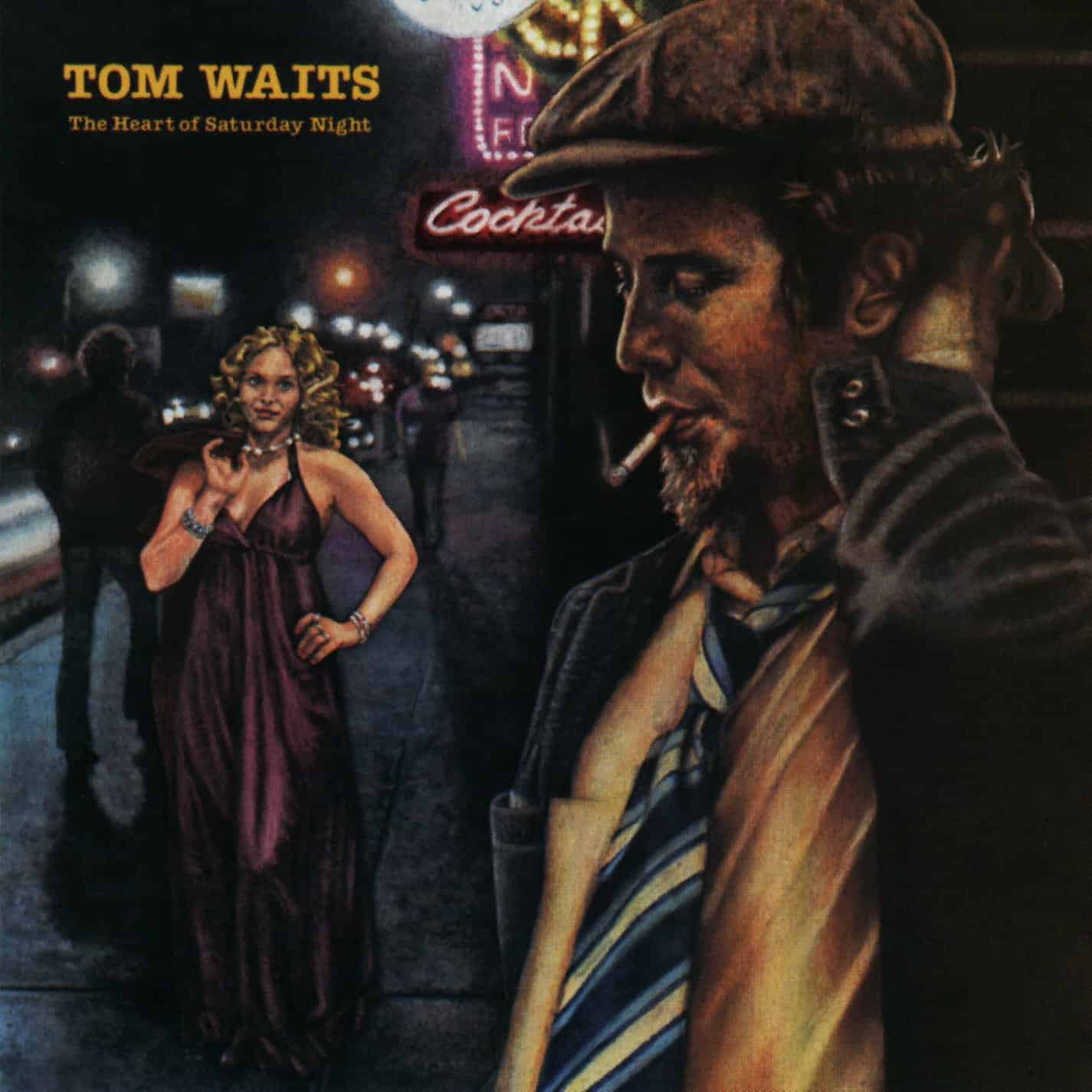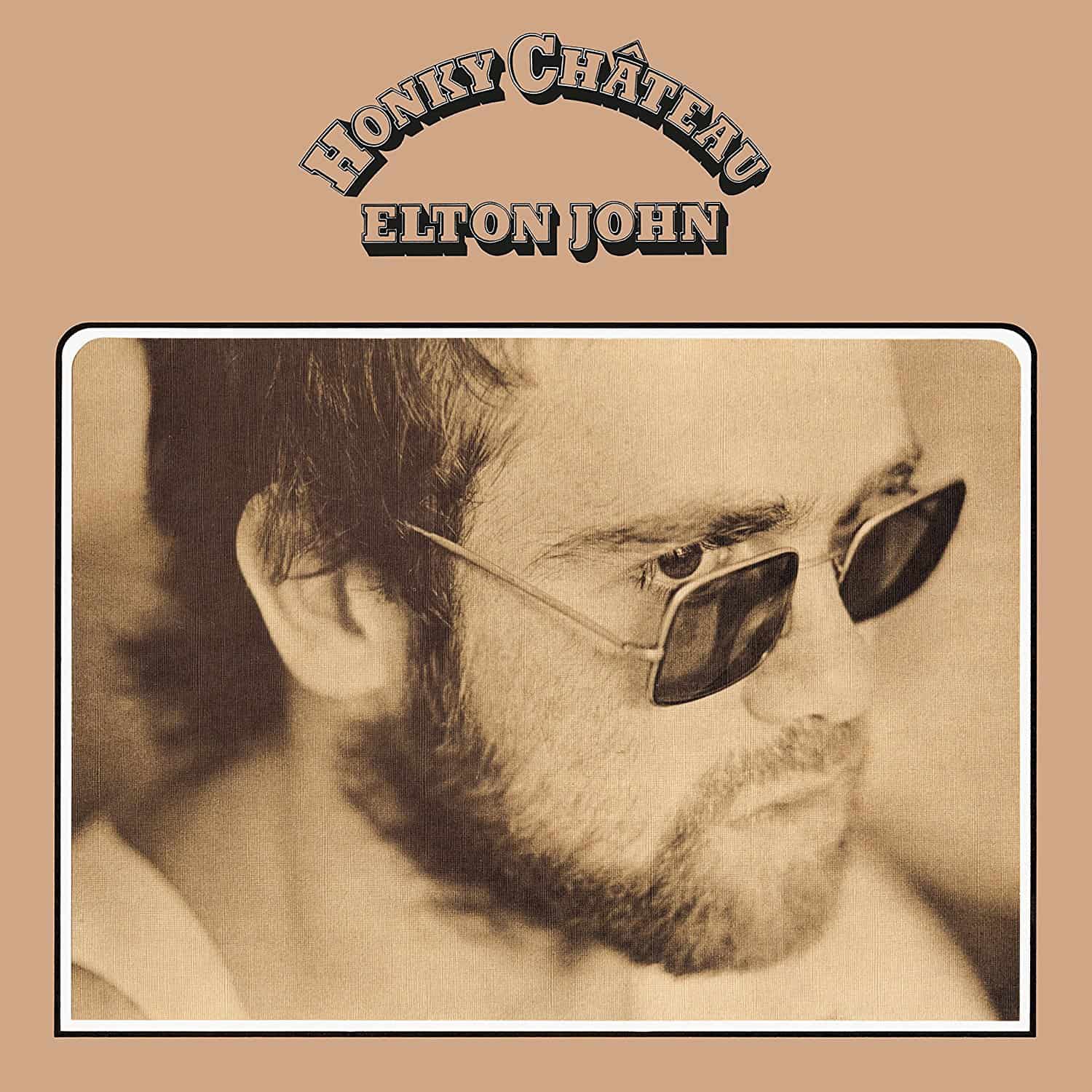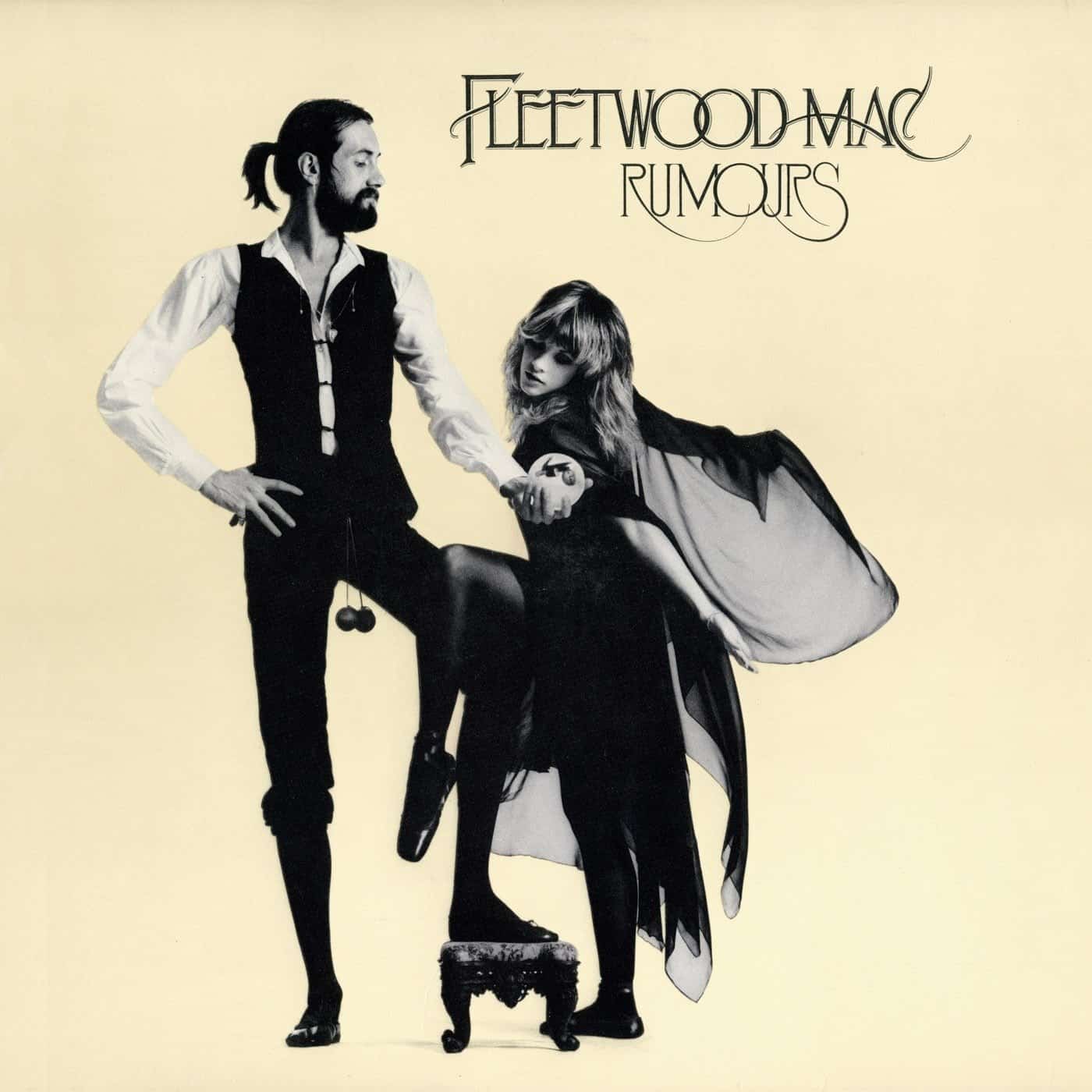Marketplace
2009 Reprise Records PRESSING
- Catalog Number 517936-1
- Release Year 2009
- Vinyl Mastering Engineer Chris Bellman
- Pressing Weight 180g
- Jacket Style Gatefold
- 100% Analog Mastering Yes
When listening to this album I think of this band or music:
Oddly enough, I think of Lynyrd Skynyrd.
I would listen to this album while:
A familiar album like this is great at parties, while driving, or while cooking. It also holds up under repeated listens and reveals new riches.
Music from this album would be a great soundtrack to this movie:
“Southern Man” would be powerful in a film about the American South. The title track could serve in a film about environmental issues.
Neil Young’s second LP, Everybody Knows This is Nowhere, fulfilled the promise he had shown in his work with Buffalo Springfield and on his first solo album. Ye the record that followed, After the Gold Rush, not only solidified his reputation, it showed he could sell records. “Only Love Can Break Your Heart” became an AM radio hit and reached #33 on the Billboard charts. Many other songs enjoyed steady play on FM, including “Southern Man,” still in rotation on classic-rock stations.
Members of Young’s backing group, Crazy Horse, play on the album. But Young also enlisted other musicians, including bassist Greg Reeves, who performed with Crosby, Stills, Nash and Young, and Nils Lofgren, who was only 18 years old at the time.
As with all the Young reissues Chris Bellman remastered for vinyl, the most immediate improvement over the original pressing of After the Gold Rush pertains to the clarity and separation among instruments and voices. It’s possible to hear each of the acoustic guitars in “Tell Me Why,” for instance, and visualize them in the soundstage. Young’s singing is clear, centered, and immediate on the newer pressing, whereas on the original, his voice seemingly drifts into the left or right channel.
Young played the title piece and “Birds” on an upright piano, and the new pressing lets you hear the correct timbre and witnesses the strings resonated longer and with more strength. Reeves’ bass on “Only Love Can Break Your Heart,” “Don’t Let It Bring You Down,” and “Cripple Creek Ferry” feels soft at the edges on the original pressing. Bellman tightens it up so that it doesn’t seem in danger of disappearing into the background. Ralph Molina’s kick drum is also more defined, and his snare drum more assertive.
In addition, the electric guitars on “Southern Man” and “When You Dance I Can Really Love” sound incendiary on the new pressing. Young’s solo on the former comes across with lacerating immediacy. His picking technique is clearly presented and gives each note stronger impact. And the piano on “When You Dance I Can Really Love,” mixed somewhat distantly on the older pressing, now emerges from the previous murk.
Throughout, background vocals are rich and layered on the new pressing, and better support Young’s leads. Bellman’s mastering also effort gives Young’s voice a clarity and intimacy lacking in the earlier pressing. The result: An emotional reach that allows you to feel the poetic impact of Young’s lyrics.
In a recording career filled with highs and lows, After the Gold Rush remains one of Young’s masterpieces. This pressing lets you hear its many glories.
After the Gold Rush
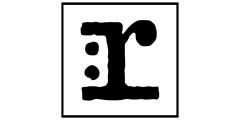
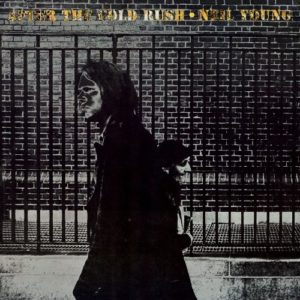
 4.5
4.5
